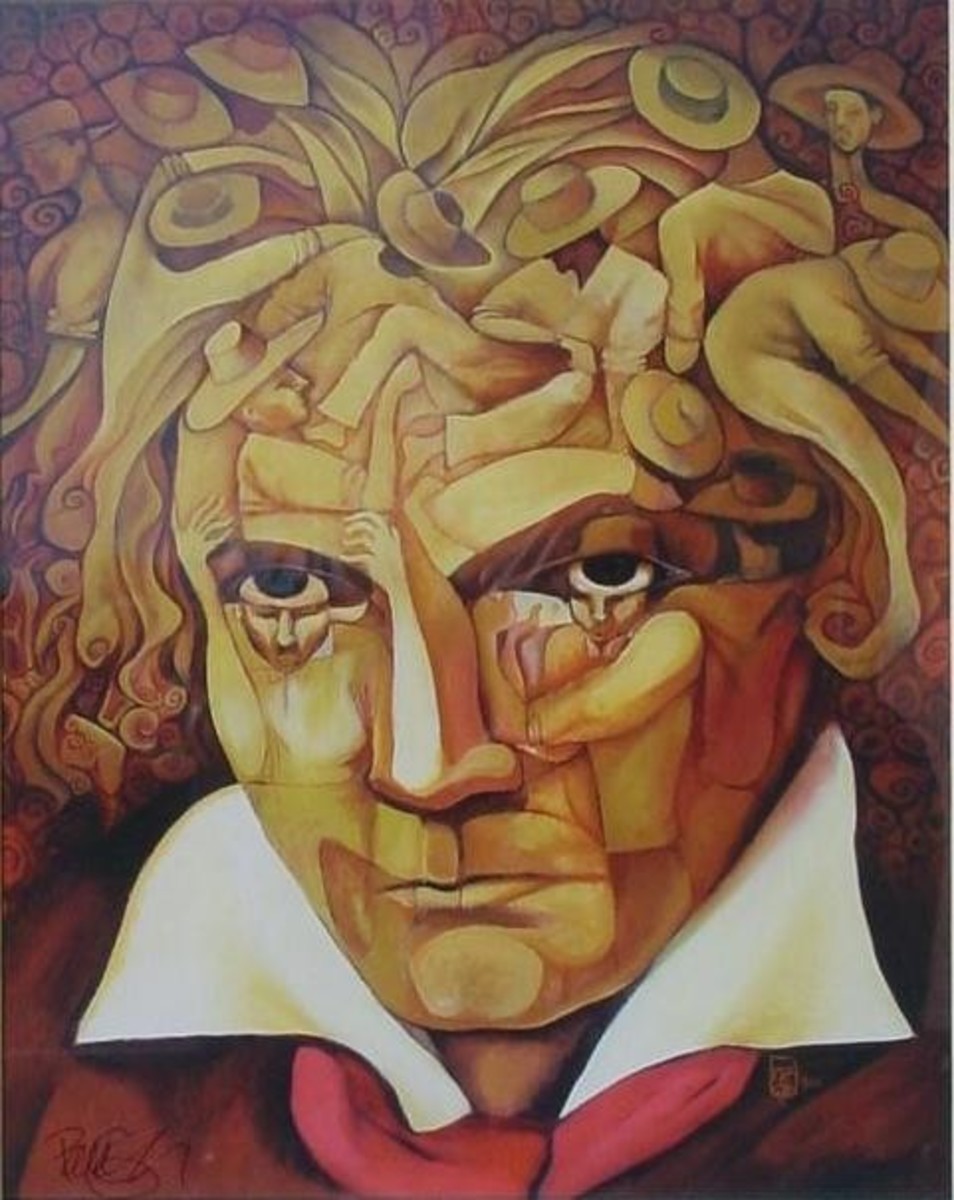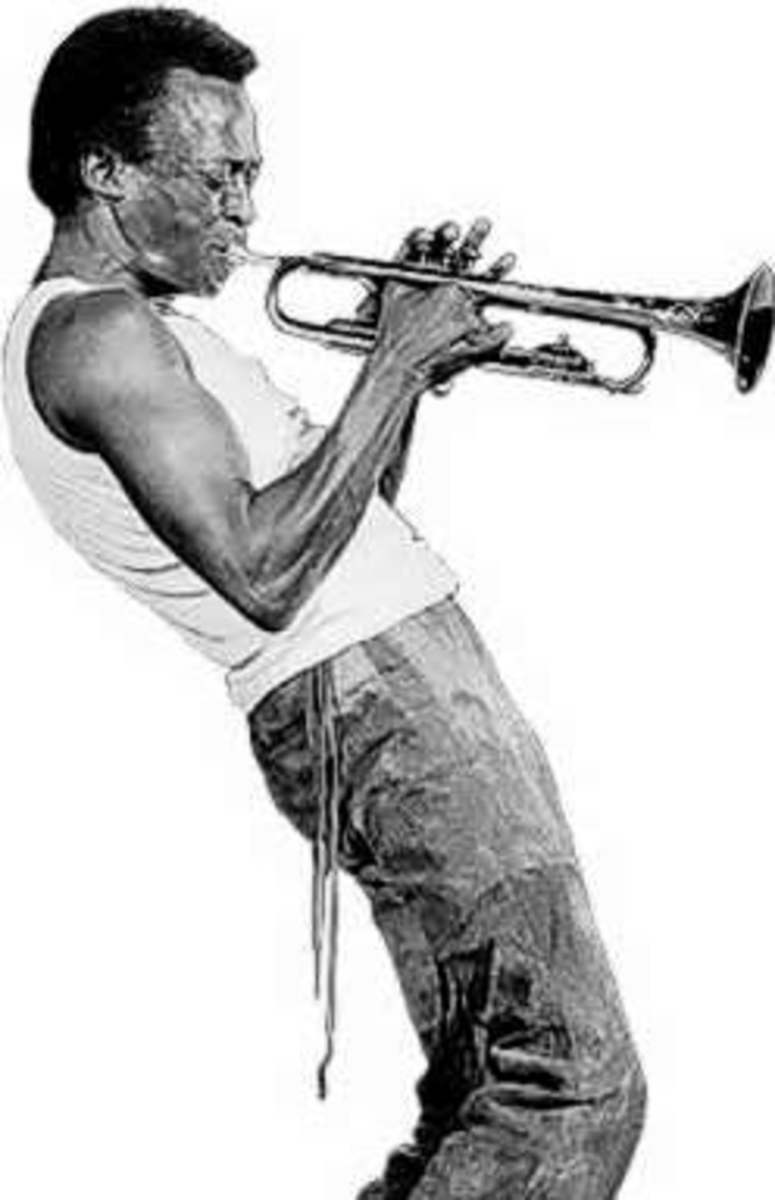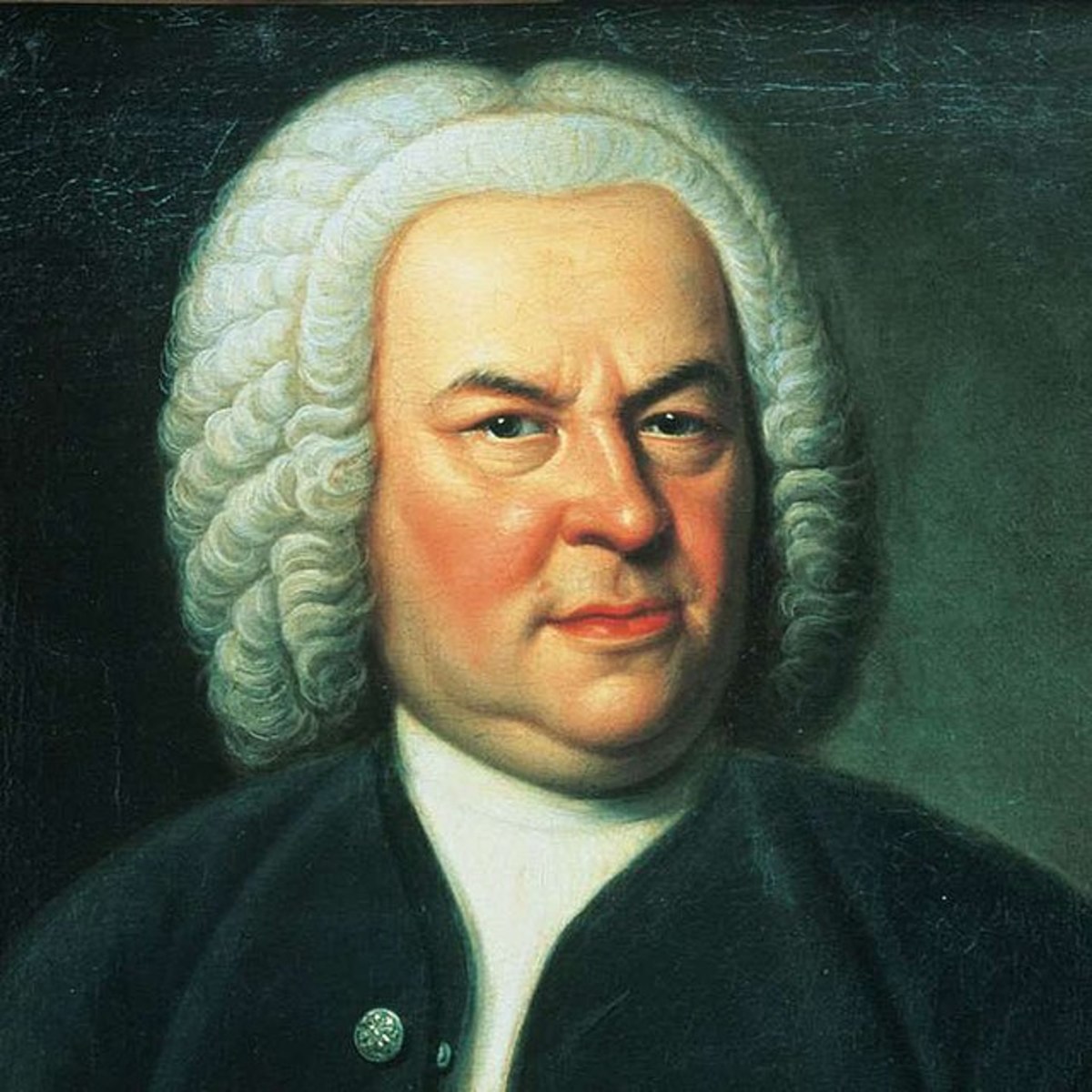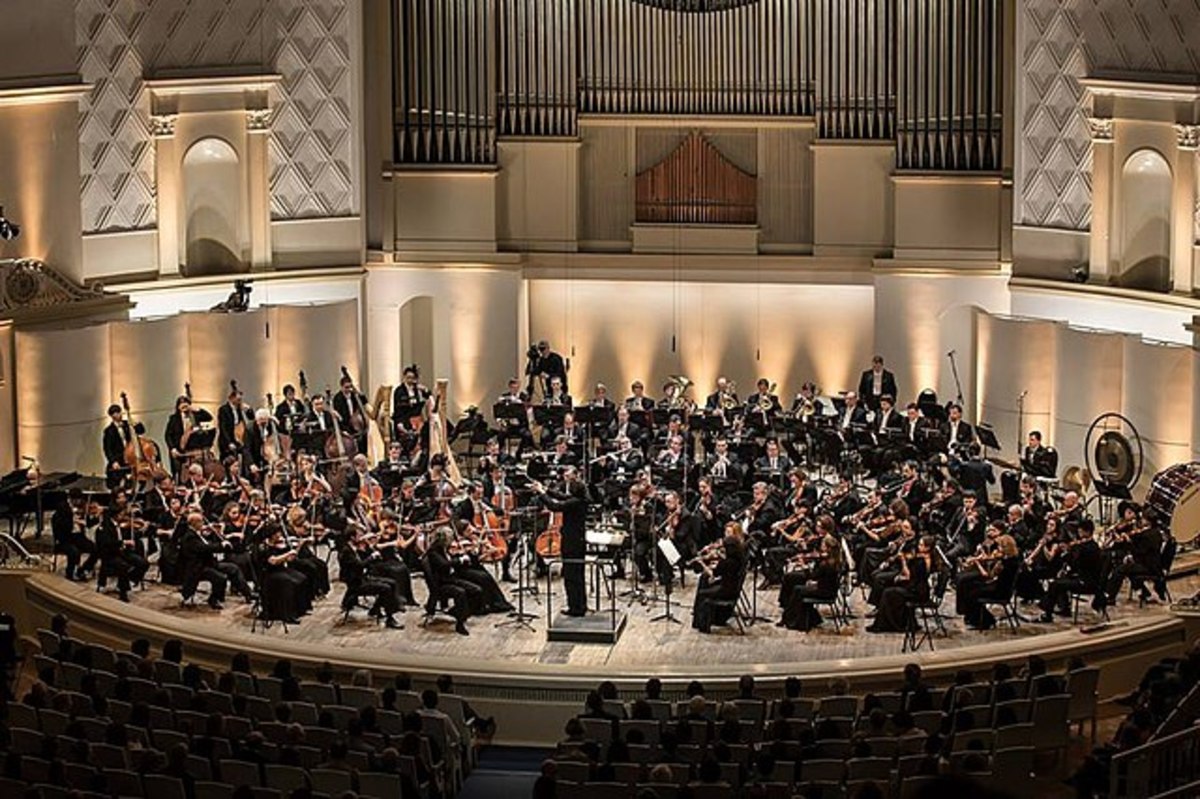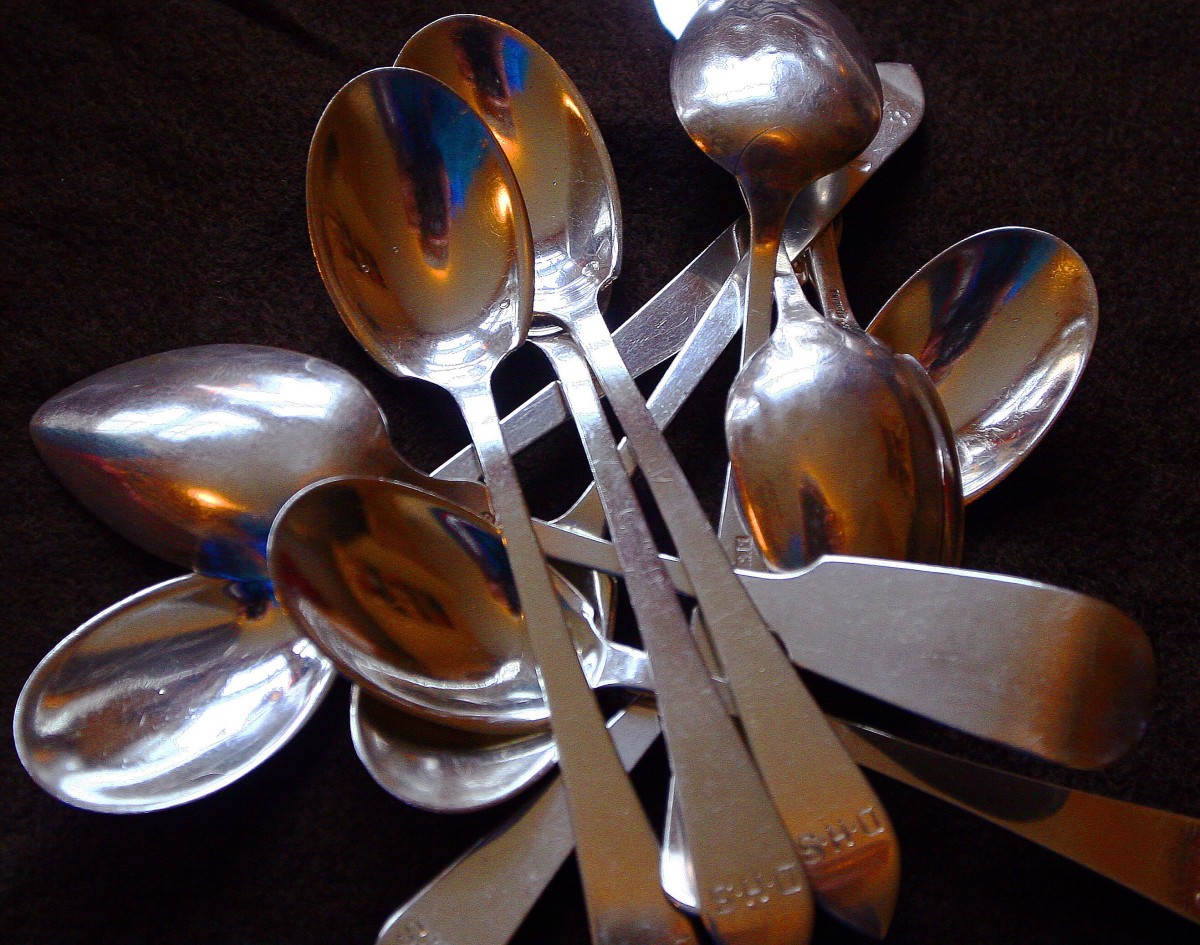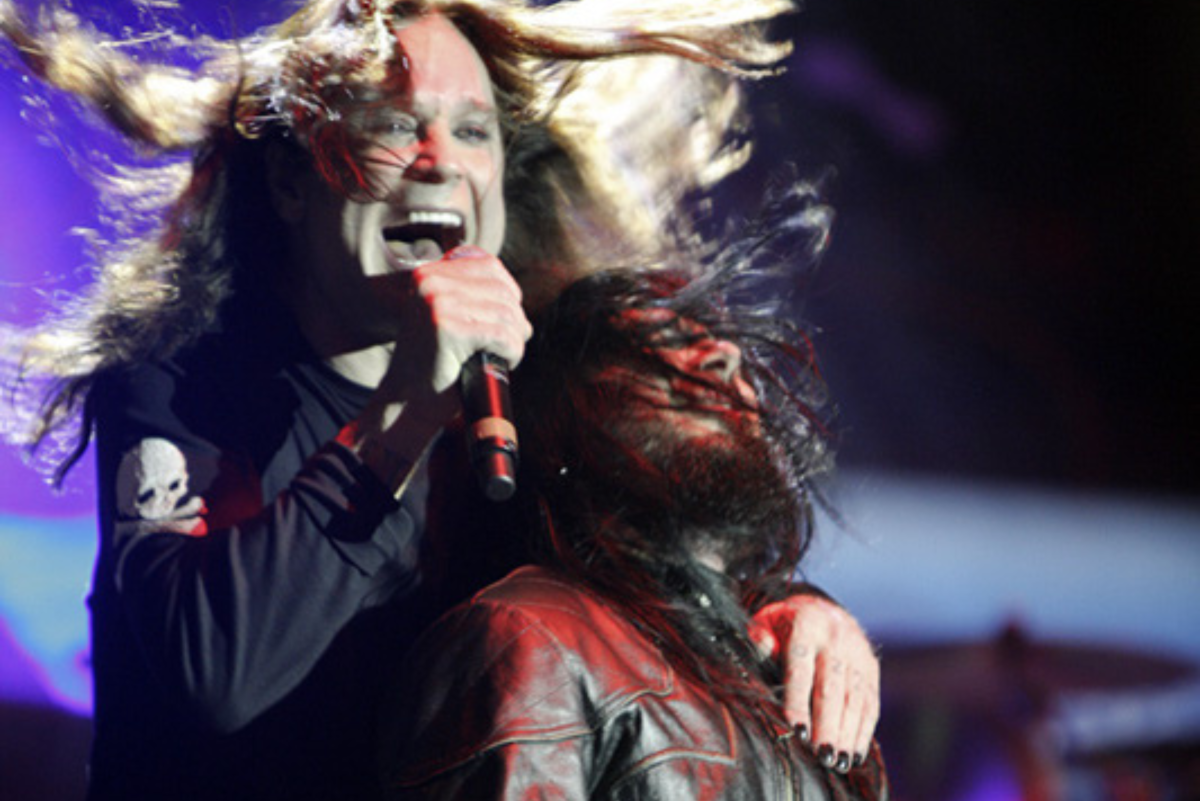Organ Music for Christmas

Give the gift of classical pipe organ, romantic style
What can be more appropriate for Christmas than organ music for the aficionado of organ in the classical genre? There is a huge body of sacred literature for organ, of which much is attributed to Bach, a real genius. However, in this lens, I concentrate primarily on romantic music by French composers. I first learned to love many of these pieces because I was able to acquire a vinyl recording by Henry Lowe, made when he was only 16. He is now a professor (of organ, as far as I know). He showed considerable talent at the time. I wish I could have attracted his attention, because I really fell in love with his performance. The recording includes many of the French romantic pieces I feature below.
Recordings of these works are frequently available on Amazon. Also look for well known artists such as E. Power Biggs, Michael Murray, Virgil Fox, Anthony Newman, and others.
The baroque organ in Roskilde Cathedral, Denmark. Photo licensed by Nils Jepsen under Creative Commons and GNU.
Camille Saint-Saëns
Organ Symphony (Symphony in C minor, Op 89)
Outside of the Baroque era, this is probably the best known piece for organ among most lovers of classical music.
Camille Saint-Saëns was a church organist, so he certainly knew how to write good organ music, though he wrote far too little of it. "Saint-Saëns also wrote wrote a number of solo organ works including six preludes and fugues for organ, three in Op. 99 and three in Op. 109, of which Op. 99, no. 3 in E flat major is most often performed." -- Wikipedia.
To begin with, earlier recordings of the Saint-Saëns Organ Symphony seemed to suffer from poor microphone placement. The organ was usually muffled, and you couldn't hear most of it. Either that, or many of those recordings have been re-mastered, to yield better results on CD. Thankfully, some of the more recent recordings have fixed this very well. I never even knew there was an organ part in the Poco Adagio until my sister attended a live concert and TOLD me about it.
I personally have a couple of old recordings on the Sony label. The links below are for more recent recordings with the same artists. It would appear the recordings I have are no longer available.
In these recordings of the Organ Symphony, E. Power Biggs is the organist. He had a long and illustrious career, and does a superb job in these recordings. The organ part comes through crystal clear in the Poco Adagio. The first half of the second movement doesn't seem to contain any organ part (though at some point I will take a look at the score to determine that for sure). After the first part, there is a short section of quiet expectation, followed by a booming introduction of the organ with a magnificent chord. After that, the organ continues to play a few more such chords, but fades somewhat, allowing the piano also to have a spotlight, and then a blending of organ and orchestra again, more orchestra, until the finale, with a final descending scale in the organ. The piano part in this composition is reminiscent in style of portions of Carnival of the Animals. All in all, a crisp, clear, magnificent recording, well worth your while.
There is also a 1990 recording with Michael Murray, another excellent organist. I do not review that recording here. And there are many other recordings. Most of them will be quite reasonable. The difference will be in the balance of the organ with the orchestra. The thing you will have to do is see if you can listen to excerpts, or try your luck.
Michael Murray, incidentally, has done several great recordings of real showpieces, often with brass.
Josef Gabriel Rheinberger: Organ Concertos 1 & 2
Josef Gabriel Rheinberger was a German organist and composer, born in Liechtenstein. He was influenced heavily by Brahms, Schubert, and Bach. This is another composer whose father wanted him to do something else with his life. Praise God his son didn't listen! The father did allow his son to attend conservatory at a fairly young age. I rarely hear Rheinberger mentioned anywhere, so I assume he is not a well known composer. But I have relished these two concertos for decades.
Rheinberger's religious works include twelve masses (one for double chorus, three for four voices a cappella, three for women's voices and organ, two for men's voices and one with orchestra), a requiem, and a Stabat Mater. He also wrote several operas, symphonies, chamber music, and choral works. Today he is remembered almost exclusively for his elaborate and challenging organ compositions; these include two concertos, 20 sonatas in 20 different keys (of a projected set of 24 sonatas in all the keys), 22 trios, 12 Meditations, 24 fughettos, and 36 solo pieces. --Wikipedia
These two pieces are magnificent! I am only aware of two recordings of the two together, but you won't want to miss either by buying only one. As far as I can tell, these pieces are not well known, but they have been favorites of mine for a very long time. I doubt if you can go wrong with either performance. I bought the one by Skevington and the Amadeus Orchestra.
One of the really nice things about these composition is the fact that, unlike the Organ Symphony, both have really prominent and particularly difficult organ parts, full of fire. Another really nice thing about them is, unlike the organ symphonies of Charles-Marie Widow, they have a substantial orchestra part. These are true concertos.
If you love wonderful organ music, and orchestra, you won't want to miss these. They are the cream of the crop!
Rheinberger, Organ Concertos
Complete performance of both concertos. 49 minutes. A stunning performance!
Virgil Fox
Virgil Fox is one top notch showman on the organ. His performances are always electrifying! He often plays transcriptions for organ, of other compositions, but no matter whether the piece was composed for organ or not, his performance thrills. One of the things I have noticed he does is that he doesn't play completely and entirely legato. He actually disconnects individual notes ever so slightly, and this gives a real life to his playing. I have tried this, and I can guarantee you, it really works, though it is more difficult to do than straight legato playing. To add even more expression, a good organist will sometimes hold a single note while detaching the rest, and Fox does this as well.
Fox made several recordings on the Wanamaker Organ. This organ is in the Wanamaker department store in Philadelphia. I have had the privilege of hearing it in person, and it is one magnificent instrument!
These particular recordings include some of my very favorite pieces specifically for organ, as well as a performance on a favorite organ. For additional pieces, click on his name on any of these pages. There is a comprehensive listing available.
Anthony Newman
Anthony Newman plays with lightning speed. I don't honestly see how any human being can play that fast! His performances are not as dynamic otherwise, but they're amazing just for his raw ability.
I had an interesting experience regarding Newman. He gave a seminar, and I attended. He pointed out that because the organ and harpsichord don't have dynamic range (volume levels), composers such as Bach, and their performers, found other ways to make the music speak. One way was by emphasizing the strong measures in a piece. A strong measure might be one where the harmony in that particular measure is a surprise, a departure from the key or harmony of several measures preceeding it.
Some time after I attended this seminar, I went to a performance that included a harpsichord. I had never played a harpsichord before, and I was determined I was going to sneak in an opportunity during intermission. I played the Prelude in C from Bach's Well Tempered Clavier. It's not a difficult piece, but is a particular favorite of mine (and I also played it on a Knabe piano that belonged to Frank Lloyd Wright!) But I applied what I had learned. Nobody bothered me; I was allowed to play the piece, and people were standing around socializing. After I finished, one woman in particular complimented me on my talent! It was strictly the ability to identify the strong measures, and prolong the time it takes to play them, ever so slightly. This gives expression to what otherwise would be artistically a fairly dull piece played on harpsichord.
Whether or not Newman applies this to any of his performances, I can't say. My memory of his live performance is dim. Nor can I comment on his registration. However, in the future, these are things I will be watching out for.
Registration
Explaining some terms...
Each set of pipes consists of one or more octaves (12 notes, including black notes on the keyboard). There are different types of pipes. Some sound like flutes, some like trumpets, etc. The pipe organ was the first music synthesizer. At first, wind to the pipes was supplied by hand-operated pumps.
So a given set of pipes might have one or more octaves, but corresponding to that would be various "stops". A stop designates WHICH pipe is played by a given key on the organ manual (keys), when that particular stop is activated. Sometimes more than one stop will be activated. You might have an 8' stop (the 8 foot pipe represents middle C) and a 4' stop, which would then play the pipes exactly one octave higher, and if both of them are in use, you get two pipes for each key. Using stops such as 8' 4' 2' 1' etc. gives a baroque sound, very bright. On the other hand, pipes that sound like trumpets are usually used with only one stop, because they carry melodies.
Volume is obtained in one of two ways. One is to add ranks of pipes so more pipes are playing. The other is to open and close the swell box. A swell box contains pipes, and has shutters on the front that can be opened and closed.
The registration is the collection of stops chosen for that particular sound, or that particular passage of the music. It is simply a list of stops, or the stops that are currently activated.
Most organs have pistons that can be set up with a given registration. You choose which stops will be activated in advance, and set the piston. Then in the middle of a piece, you only need to use one piston to totally change the sound, and this can be done very quickly so you don't disrupt the flow of the music.
Different manuals (keyboards) are also often set up with different registrations, for a quick change in the sound, or so that you can play one set of notes with a given registration with one hand, and a different set of notes with a different registration with the other hand.
In some of the videos, you will see that keys sometimes operate without being played. This is because of the way the organ is set up. Certain stops will operate keys on a given manual when the same notes are played on a different manual.
Léon Boëllmann
I now turn to individual composers of romantic works for organ. Léon Boëllmann is probably not that well known. I fell in love with his Suite Gothique when I first heard Henry Lowe play it.
Boëllmann was a French composer of Alsatian origin, known for a small number of compositions for organ.
The son of a pharmacist, at the age of nine, he entered the Ãcole de Musique Classique et Religieuse in Paris, where he studied with its director, Gustave Lefèvre, and with Eugène Gigout. Boëllmann there won first prizes in piano, organ, counterpoint, fugue, plainsong, and composition. --Wikipedia
He composed a total of 160 works in all genres. This piece is his best known.
Suite Gothique
Organ only. I actually prefer this version. The brass in the version below, while a beautiful addition, drowns out a lot of the intricacies, especially of the Toccata. Maire-Claire Alain is the performer in this version. She is the daughter of Albert Alain, the composer. Regrettably, it lacks video of her performance. The Toccata is a little muddy as well. There are other versions available.
Suite Gothique - arranged for organ and brass
Contains all four movements.
Charles-Marie Widor
Widor was born in Lyon, to a family of organ builders, and initially studied music there with his father, François-Charles Widor. He studied at the Brussels Conservatoire, after which he moved to Paris, where he spent the rest of his life. He composed for a number of instruments, and also four operas. Today he is mainly famous for his ten organ symphonies and his three symphonies for organ and orchestra.
Widor Symphony no. 6 - First Movement
Widor Symphony no. 5 - Toccata
Dr. Timmings
and a bit of autobiography
William T. Timmings, PhD, was a local organist, etc., who lived in the Philadelphia area. I knew him because he rehearsed our church choir every Thursday evening. Since he played organ at another church on Sunday, we sang without a director. It worked out well. He was also my piano teacher for a couple of years, one of the best I ever had (I had two I counted as my best). He taught me many wonderful tricks for learning to play music (which I also use when I learn martial arts forms, by the way).
Dr. Timmings used to scrounge old organs from churches that were upgrading to a new instrument. He built an organ for his home out of these, and the organ he built had over 2000 pipes. The console was in the den, and there was grillwork in the ceiling for the pipes in the second story of the house. Some of these were 32 feet long, and went down the entire hall. The second story was full of pipes. I got to hear him play this organ once, and it was a real thrill.
I had an opportunity to scrounge an old church organ once. It had 700 pipes. But we were living in a small duplex, and had no place to store them, so I passed. It was just as well. Maintaining a pipe organ is not easy, and can be very time-consuming. Tuning pipes, is, um, interesting. In some cases, a pipe will have a strip cut out, and you bend this up and down to tune the pipe.
I once bought an organ at a used clothing store. It was electronic, and had been discarded by a local church. It worked passably enough I could practice on it. But for awhile, I didn't play on it, and dust gathered on the main speaker. The next time I played it, the energy going into the cone ignited the dust and I had a small fire. :( Now I don't have an organ anymore.
I also had two other organs. Both were Hammond spinet organs with the drawbars. The manuals had 2 1/2 octaves, and the pedals only one octave. The pedals were short, so I couldn't use my heels on them. I learned to play some fairly complex organ music on them, by editing them for the smaller manuals and pedalboard on the fly.
The first organ came from a friend of mine. She had owned it for a long time. One day, one of our sons and I were talking. We were alone in the car. He said he wanted to learn to play the piano. As it turned out, the only piano we had, had been damaged the year we had floods in southern Arizona, so it wasn't playable. So I said, let's pray about it, so that God will allow us to have a way to teach you to play the piano. We didn't tell anybody. That was on Monday. On Friday, my mother-in-law called me and said Hildegard (my friend) wanted me to call her. So on Sunday, I called her, and she said the Lord had told her to give us her organ. So I hunted up our son, and I said, you remember we decided to pray for a piano. Will an organ do? So I sent the boys over to pick it up. Within just a few weeks, he had taught himself to play the Prelude in C from the Well Tempered Clavier by Bach, and not long after, he was playing the Toccata from the Toccata and Fugue in d by Bach. That was after virtually no exposure whatsoever to learning a keyboard instrument of any kind.
Our son is by far the most gifted musician I have ever known personally. I will write a Lens about him soon.
Why is it that organ music is usually exquisitely beautiful? It is because the organ itself was developed for the purpose of worshiping God.
Are you familiar with this body of romantic organ works?
Do you appreciate this type of music? Let's hear from you!
Are you familiar with this body of romantic organ works?
Improvisation
Some organists are very good at improvisation. They essentially compose a piece as they are playing it. I love to listen to organists who are good at improvisation. I wish I could do that!
Some of these performances remind me of falling leaves swirling in the forest in autumn. This is a good example of that. I used to go to the chapel sometimes, at Valparaiso University, when it was empty except for one organist practicing, and sit and listen.
If you look closely at this video when the pedalboard is showing, you can see rows of large buttons just above the pedals. These are pistons used for changing registrations quickly. The rows of knobs along the sides with the manuals are stops.
This piece conveys more of a texture of sound than anything else.
Jehan Alain - Litanies
Cesar Franck - "Pièce Héroïque" played by Marcel Dupré
Dupré was a composer in his own right, so this is an exceptionally interesting performance.
Cesar Franck was a composer, pianist, organist, and music teacher who worked in Paris during his adult life. He was born in what was then part of the Netherlands and is now part of Belgium. He was a teacher and an organist. He was skilled at improvising.
Franck is most widely known for his Symphony in d, and his violin sonata.
Eugène Gigout - Toccata in d minor
One of Gigout's best known works.
Gigout studied under Saint-Saëns. Léon Boëllmann was his nephew by marriage. Gigout had a huge output as a composer.
Marcel Dupré - Prelude and Fugue in G minor
Child prodigy and successor to Widor, and a teacher of a number of well-known students, Dupré could be considered the Paganini of the organ. Some of his compositions were so difficult that other people were unable to play them for several years after they were composed.
Louis Vierne - Finale from the 1st organ symphony
Louis Vierne was almost totally blind, due to congenital cataracts. He had an extraordinary gift for music, which first began to display itself when he was only two, and picking out pieces on the piano. At first, he composed using outsized scores and pencils, and later resorted to Braille (yes, there is a musical notation in Braille, and I have seen it, though I am not familiar with it.) He studied at the Paris Conservatory and was an assistant to Widor. His life was difficult, but his disposition remained sweet. He died while giving his 1750th organ recital, at Notre-Dame, at the organ.
Favorite Organ Composer
My apologies if the special characters are not displayed.

